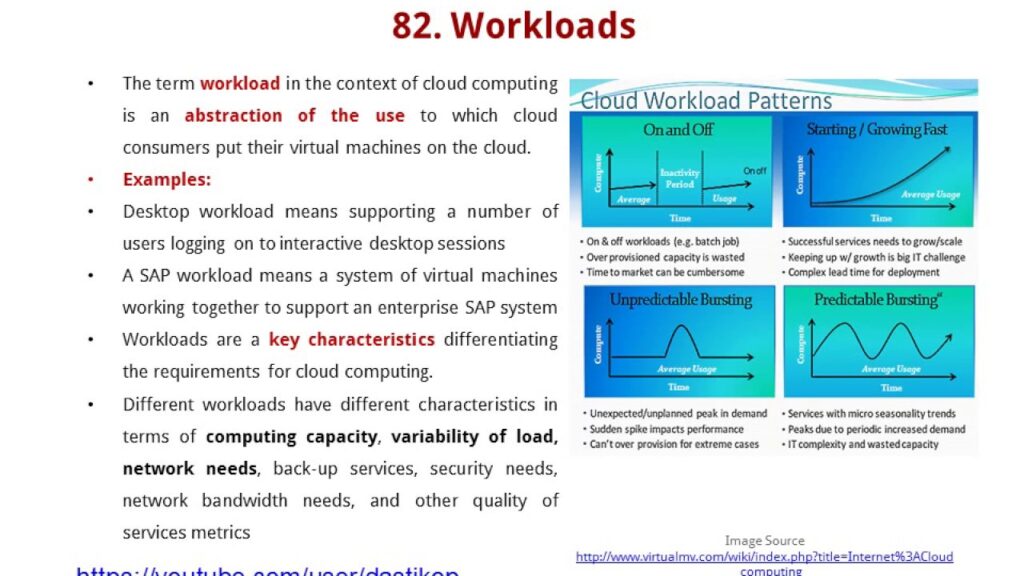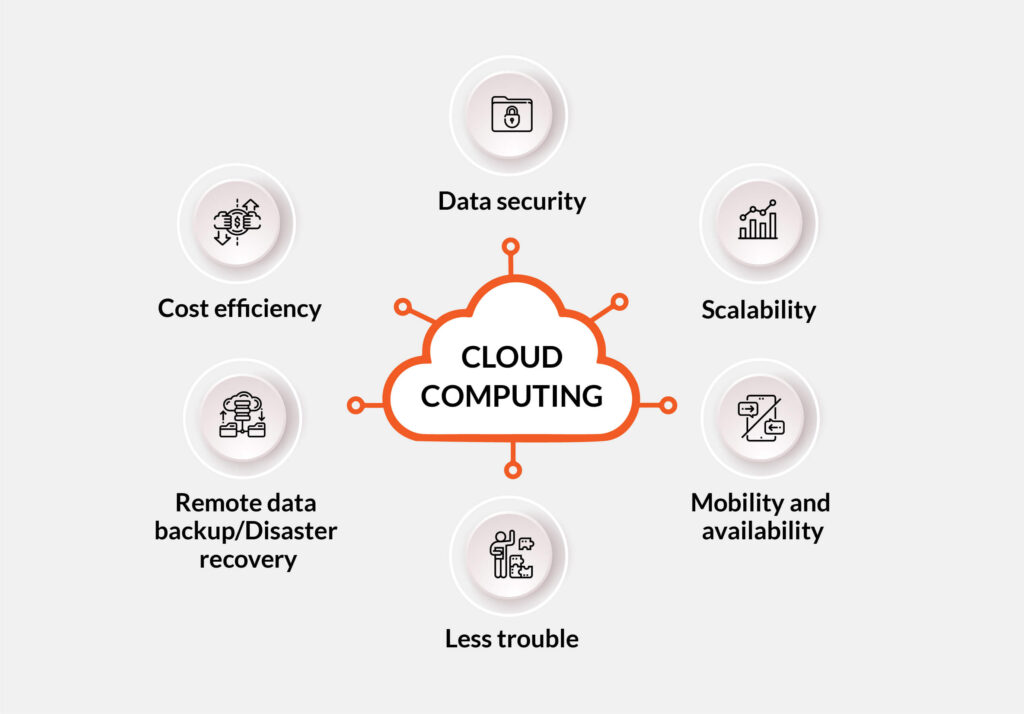Cloud computing has revolutionized the way we store and access data. It has made our lives easier and more convenient by allowing us to access our data from anywhere in the world. However, not many people are aware of how cloud computing actually works. In this article, we will explore the basics of cloud computing and explain how it works in a simple and easy-to-understand manner.
Cloud computing is a technology that allows users to store, access, and process data over the internet. It relies on a network of remote servers that are hosted on the internet instead of a local server or a personal computer. This means that users can access their data from anywhere in the world, as long as they have an internet connection. In the following paragraphs, we will delve deeper into the workings of cloud computing and explore the different types of cloud services available.
What is Cloud Computing?
Cloud computing is a term used to describe a type of computing that stores and accesses data over the Internet rather than through a local server or computer. It is a distributed computing environment that allows multiple users to access, store, and share data and applications in a secure and reliable manner. By using cloud computing, users can access data and applications from anywhere in the world and on any device.
Cloud computing is a cost-effective way to manage data and applications without the need for expensive hardware, software, and maintenance. It also eliminates the need for users to purchase and install additional hardware, software, and storage devices. Cloud computing services are typically provided on a subscription basis and are billed based on usage or the number of users accessing the service.
How Cloud Computing Works
Cloud computing is based on the concept of virtualization and uses the Internet as the platform for delivering services. It allows users to access data and applications from any device, anywhere in the world. Cloud computing works by providing users with access to a shared infrastructure, such as servers, storage, and a network. This shared infrastructure is managed by a cloud provider, who is responsible for ensuring that the infrastructure is secure and reliable.
The cloud provider also provides users with access to a range of software applications and services. These applications and services are hosted on the cloud provider’s infrastructure and can be accessed via the Internet. Users can access these applications and services from any device and anywhere in the world, as long as they have an Internet connection. Cloud computing also enables users to collaborate and share data, as well as access data from any device.
Frequently Asked Questions
Cloud computing is the delivery of computing services such as databases, servers, storage, and software over the Internet. It enables organizations to access their resources on-demand, allowing them to scale up or down as their needs change.
What Is Cloud Computing?
Cloud computing is a type of computing that relies on sharing computing resources rather than having local servers or personal devices to handle applications. It allows for more efficient computing by centralizing data storage, processing, and bandwidth, so users can access information from any device with an internet connection. Cloud computing also makes it easier for organizations to scale up or down their computing resources as their needs change.
How Does Cloud Computing Work?
Cloud computing works by providing virtualized computing resources over the internet. These resources can be used for a variety of services, including software as a service (SaaS), platform as a service (PaaS), and infrastructure as a service (IaaS). The cloud provider is responsible for managing and maintaining the underlying infrastructure, while users interact with the cloud resources through a web-based interface. This makes it easier for users to access their data and applications from anywhere, as long as they have an internet connection.
What Are the Benefits of Cloud Computing?
The primary benefit of cloud computing is that it eliminates the need for organizations to maintain their own hardware and software. This reduces costs, as organizations no longer need to purchase and maintain servers and other hardware. Additionally, cloud computing allows for greater scalability and flexibility, as organizations can quickly and easily scale up or down their computing resources as their needs change.
What Are the Disadvantages of Cloud Computing?
One of the main disadvantages of cloud computing is the lack of control that organizations have over their data and applications. Because the data is stored off-site, organizations may have difficulty ensuring the security and privacy of their data. Additionally, because cloud computing relies on a third-party provider, organizations may have difficulty troubleshooting issues that arise.
What Is a Cloud Computing PDF?
A cloud computing PDF is a document that provides information about cloud computing and how it works. It typically includes an overview of cloud computing, its benefits and disadvantages, and the different types of cloud services available. It can also include detailed instructions on how to set up and manage a cloud computing environment. Cloud computing PDFs are a great resource for organizations looking to learn more about cloud computing and how it can benefit their business.

In conclusion, cloud computing has revolutionized the way we store, process and access data. It offers a flexible and scalable architecture that enables businesses to reduce their costs and improve their efficiency. By understanding how cloud computing works, you can make informed decisions on how to leverage its benefits in your organization.
As the adoption of cloud computing continues to grow, it is essential to stay up-to-date with the latest trends and technologies. Whether you are a small business owner or an IT professional, learning how cloud computing works is a valuable investment that can help you stay competitive and drive innovation. So, take the time to explore the world of cloud computing and discover its limitless possibilities.



